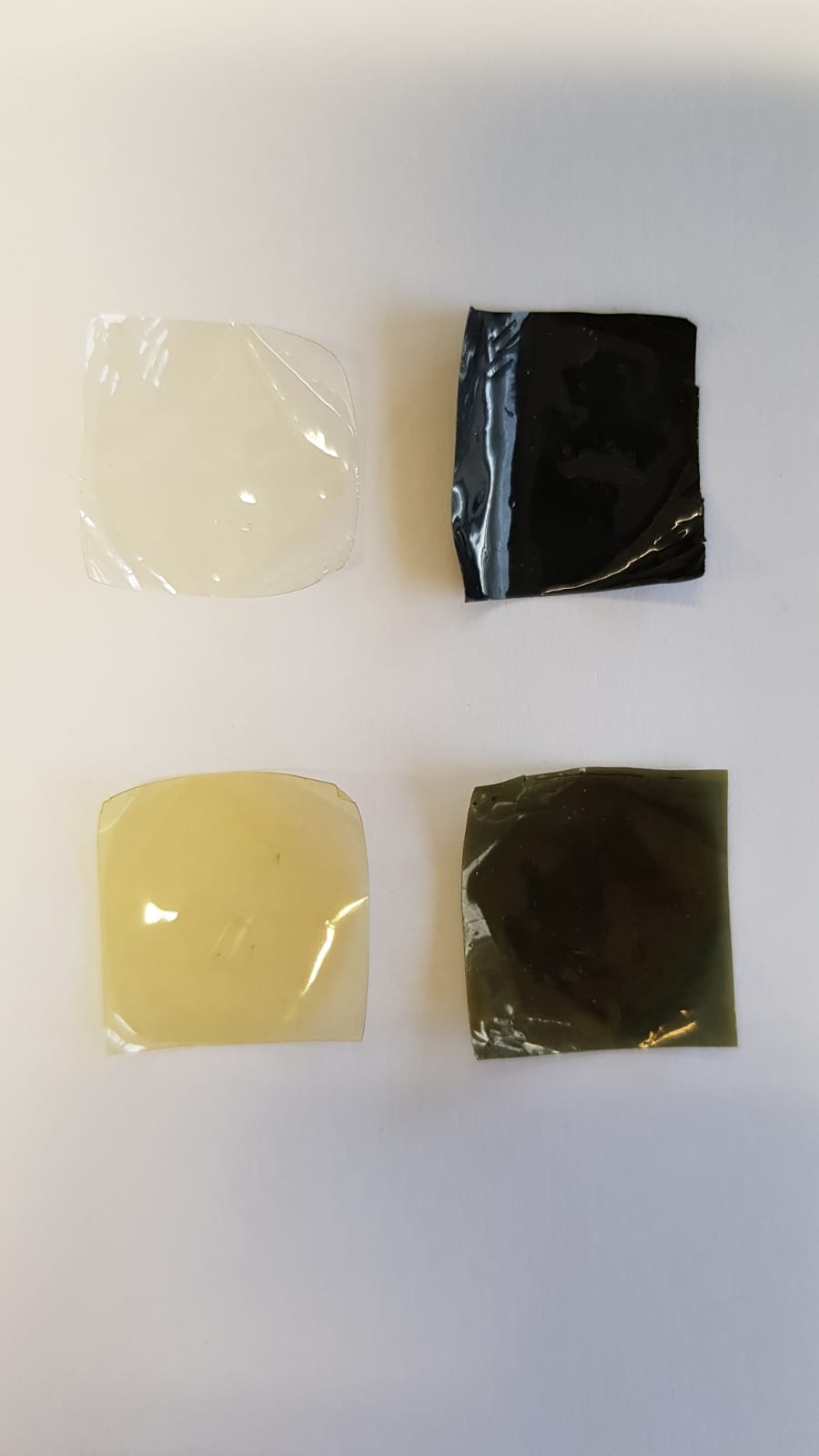Result from partners UAM (J. Asenjo-Pascual, I. Salmeron-Sanchez, J. R. Aviles Moreno, P. Mauleón, P. Ocón)
Result has been achieved on 07 May 2021 between month 12 and 18 of the project (results correspond to the work performed during months 12 to 18 for the topic 2: Materials and components optimisation).
Upon a long synthesis, characterization and evaluation process of the different key components for the battery definition (electrolyte, membrane, electrode and bipolar plates); the set of components to be implement in the HIGREEW project for testing at single cell has been pre-defined.
- Objective: To identify, characterize and modify a bunch of selected membranes to gather information on their properties and finally select the most appropriate for their evaluation at single cell prior to evaluation at stack level.
- Research: Several materials (ion exchange membranes and separators) were evaluated as promising candidates for their integration in the HIGREEW device based on their properties. A potential candidate to be integrated in this kind of electrochemical systems should exhibit high ionic conductivity, low permeability to active materials, high ion-exchange capacity, as well as chemical and thermal stability. Thus, the physicochemical characterization of these compounds were performed in order to select the most promising candidates. Furthermore, some modifications like in situ chemical polymerization or Layer-by-Layer deposition of various polymers were investigated to improve the properties of the selected membranes in terms of permeability without significant loss of physico-chemical properties of the membranes.
- Result: Based on the HIGREEW targets some physicochemical properties of different commercially available materials were evaluated. Henceforth, a detailed analysis of available commercial membranes for their application in AORFBs was obtained. This analysis serves us as criteria for the selection of the most promising candidates. The previous statements led to the selection of two AEMs (FAA-3-50 and FAA-3-PE-30) and two CEMs (FS-950 and E-630(K) as promising candidates for AORFB. Besides, the modification of commercial membranes improves significantly their properties in terms of permeability. Thus, the implementation of these materials, couple with suitable electrolytes and electrodes led us to the design of very promising EES.
- What will it be used for: Initially, selected materials will be evaluated at single cell-lab scale devices, and later on, upon validation, will be implemented in the HIGREEW stack and prototype. The information gathered from the evaluation of the materials, as defined in topic 1 Specifications definition, should serve as guidance for the design of the stack. Properties as conductivity, cell voltage, viscosity and structure or composition of the components are of critical importance.
- Impact: The impact of this work will be to provide a consolidated set of components that would be crucial to fulfil technical objectives of the project and enable good functioning of the final prototype.

